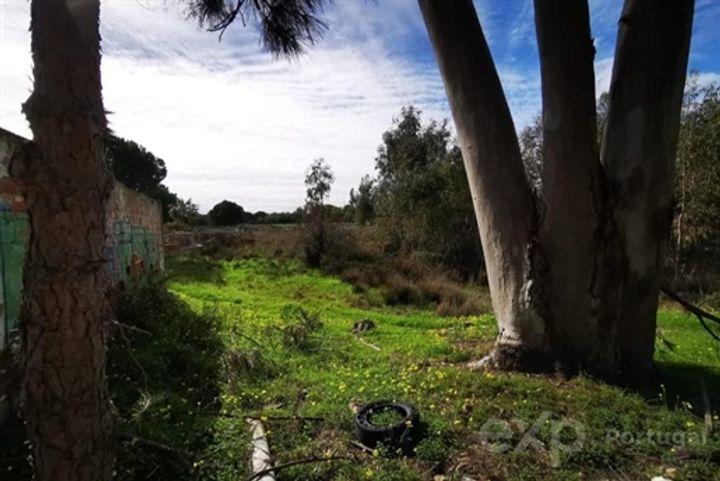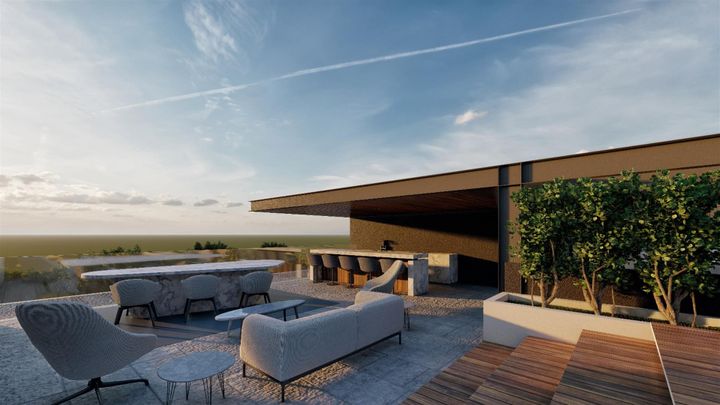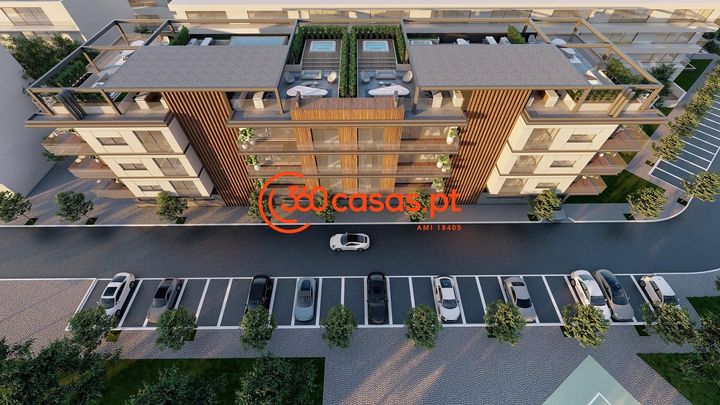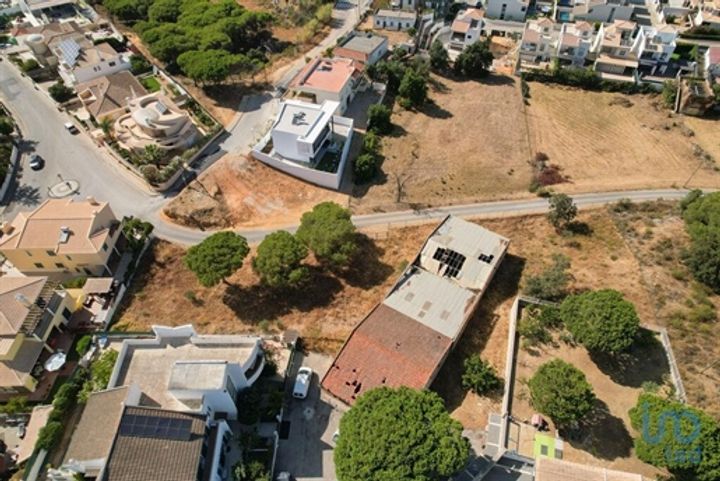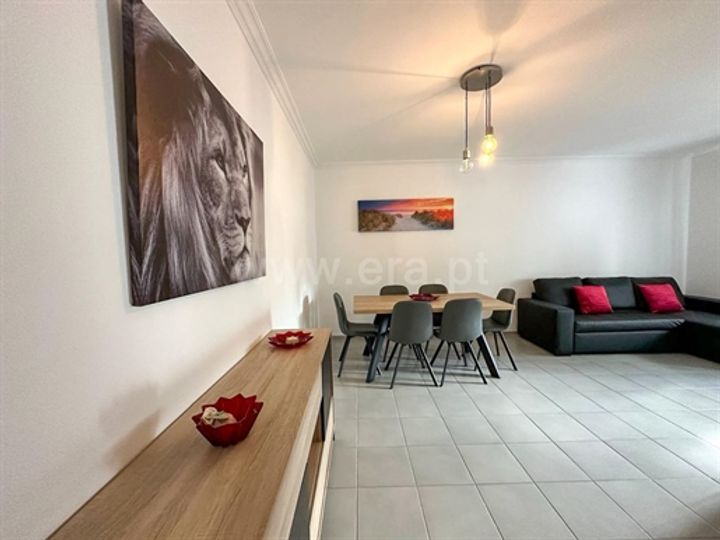The average price per square meter for apartments in Montenegro varies significantly depending on the location. In popular tourist areas like Budva, prices can reach upward of €2,500 per square meter, particularly for properties near the waterfront or within luxury developments. Kotor, known for its stunning bay and historic architecture, generally sees prices around €2,000 per square meter, while in Tivat, especially near the Porto Montenegro marina, costs can be similar or slightly higher. On the other hand, in less tourist-frequented regions like Nikšić or inland areas, the price can drop to €800 to €1,200 per square meter. Factors such as proximity to the sea, property amenities, and overall demand in each specific area heavily influence these averages.
Montenegro
Location
Price Range
Any price
Price Range
Minimum
No min
Maximum
No max
Property type
Show all
Property type
Show all
House
Apartment
Building
Other
Bedrooms
Any beds
Bedrooms
Minimum
No min
Maximum
No max
Surface Range
Any surface
Surface Range
Minimum
No min
Maximum
No max
Sale type
For sale
Sale type
Show all
To rent
For sale
Location
Apartments and houses for sale in Montenegro
10 results
Recent
Montenegro insights
| Aspect | Summary |
|---|---|
| Population | Around 1.3 million (2023) |
| Average Property Price | €2,500 per sq.m. |
| Rental Yield | 5% - 7% per annum |
| Average Rent | €700 - €1,200 per month |
| Occupancy Rate | 70% - 80% |
| Capital Growth Rate | 3% - 5% annually |
| Property Tax | 0.3% - 0.8% of property value annually |
| Transaction Costs | 6% - 10% (including taxes and fees) |
| Expected ROI | 4% - 9% annually |
| Economic Growth Impact | Positive impact due to tourism and foreign investment |
Montenegro FAQ
What is the average price per square meter for apartments in Montenegro?
What factors influence real estate prices in Montenegro?
Real estate prices in Montenegro are influenced by several factors including location, tourism demand, and the overall economic environment. Coastal areas such as Kotor and Budva, known for their stunning Adriatic views and historical significance, command higher prices due to the desirability of waterfront properties. Proximity to tourist amenities, including restaurants, beaches, and cultural sites, can also drive up property values. Additionally, foreign investment plays a significant role; the Montenegrin government has encouraged real estate purchases by non-residents, contributing to rising prices, particularly in areas like Tivat, where luxury developments are proliferating. Economic stability, currency fluctuations, and local development projects further affect market dynamics. For instance, upcoming infrastructure improvements, like road expansions or new airport facilities, often lead to increased investor interest, prompting price hikes in the surrounding regions.
How have property prices in Montenegro changed over the past few years?
Property prices in Montenegro have seen significant fluctuations over the past few years, largely influenced by increasing interest from foreign investors, particularly in coastal regions like Budva and Kotor. In 2019, the average price per square meter in Budva was around €1,400, but by 2022, it had soared to approximately €2,000 as demand surged due to tourism and the allure of Mediterranean living. Kotor, known for its historic architecture, also experienced a boost, with prices rising from €1,200 per square meter to around €1,800 in a short span. Meanwhile, inland areas like Nikšić and Plužine remained more affordable, with prices hovering below €800 per square meter. The Covid-19 pandemic saw a temporary dip in transactions, but as travel restrictions eased, there was a rapid rebound, further driving prices upward and increasing competition among buyers.
Are real estate prices in coastal areas higher than in inland regions of Montenegro?
In Montenegro, real estate prices in coastal areas are typically higher than in inland regions due to several factors, including demand, location, and tourism. For instance, popular coastal towns like Kotor and Budva have seen substantial price hikes, with beachfront properties often exceeding €3,000 per square meter, driven by both foreign investment and the influx of tourists. In contrast, inland areas such as Nikšić or Pljevlja offer significantly lower prices, sometimes around €700 per square meter, reflecting less demand and fewer amenities. Additionally, coastal properties often come with a premium for their proximity to stunning views of the Adriatic Sea and easy access to recreational activities. As a result, the coastal real estate market remains competitive and lucrative, while inland regions struggle with slower growth and lower valuations.
What types of properties are most expensive in Montenegro?
In Montenegro, luxury waterfront properties are among the most expensive in the real estate market, particularly in towns like Kotor and Budva. These areas, known for their stunning Adriatic coastlines and historic architecture, often feature high-end villas and apartments with prime views, private pools, and direct access to the sea. Maestral Resort & Casino in Budva showcases some of the peak price-tag properties, combining upscale living with exclusive amenities. Additionally, unique historical homes in the UNESCO World Heritage site of Kotor attract affluent buyers with their rich history and picturesque settings. Properties in the exclusive Porto Montenegro development in Tivat also command high prices, offering a luxury marina lifestyle with modern design and proximity to yachting facilities.
How do property prices in Montenegro compare to other countries in the Balkans?
Property prices in Montenegro are generally higher than in neighboring Balkan countries, reflecting its status as a popular tourist destination, particularly along the Adriatic coast. For instance, in coastal towns like Kotor and Budva, prices can range from €1,500 to €3,000 per square meter, which is significantly above the regional average. In contrast, countries like Albania and North Macedonia offer lower property prices; in Tirana, for example, prices hover around €1,200 to €1,800 per square meter, while in Skopje, it can be as low as €900 per square meter. This price differential is influenced by factors such as Montenegro's developing real estate market and its attractive investment incentives. Additionally, Serbia tends to have a more stable price range, with Belgrade generally priced at €2,000 to €2,500 per square meter, positioning Montenegro's coastal properties as more expensive due to their appeal to international buyers seeking vacation homes or investment opportunities.
Is now a good time to buy real estate in Montenegro?
The real estate market in Montenegro has experienced significant interest in recent years, particularly due to its picturesque coastline along the Adriatic Sea and relatively low property prices compared to other Mediterranean destinations. For instance, the Budva Riviera has become a hotspot for both local and international buyers, with prices for apartments often ranging from €1,500 to €2,500 per square meter, significantly less than in more established markets like Italy or Spain. Additionally, the Montenegrin government has introduced initiatives to attract foreign investment, such as citizenship by investment programs, which could influence purchasing decisions. However, the market is also witnessing fluctuating demand, particularly influenced by economic factors and global tourism trends. While some developers are launching new projects, particularly in areas like Tivat and Kotor, potential buyers should be aware of the ongoing impacts of geopolitical tensions in the region and seasonal variations in property interest. Factor in the local rental market, which has seen a boost during the summer months, but may wane in the off-season, as this could impact long-term investment strategies.


